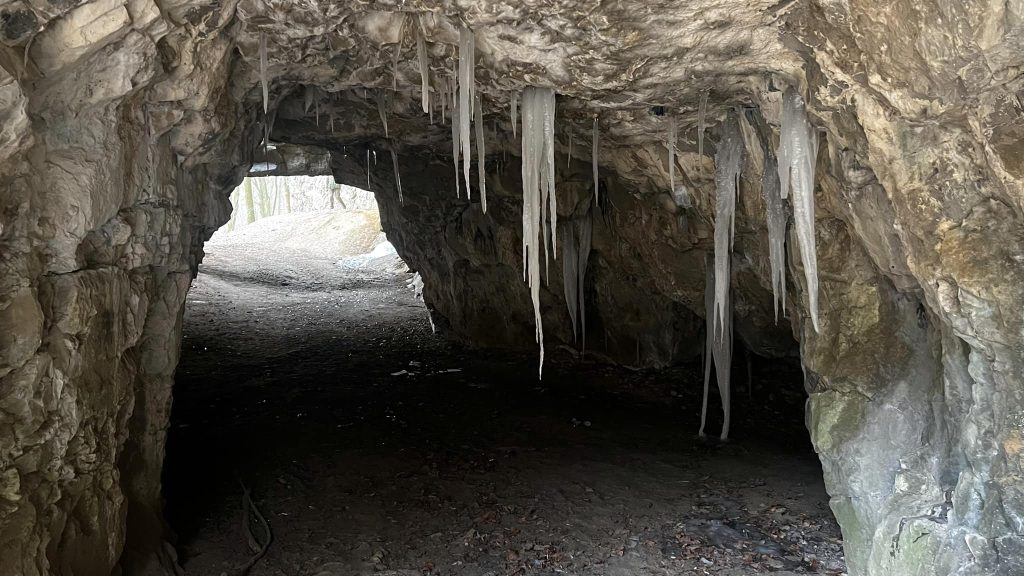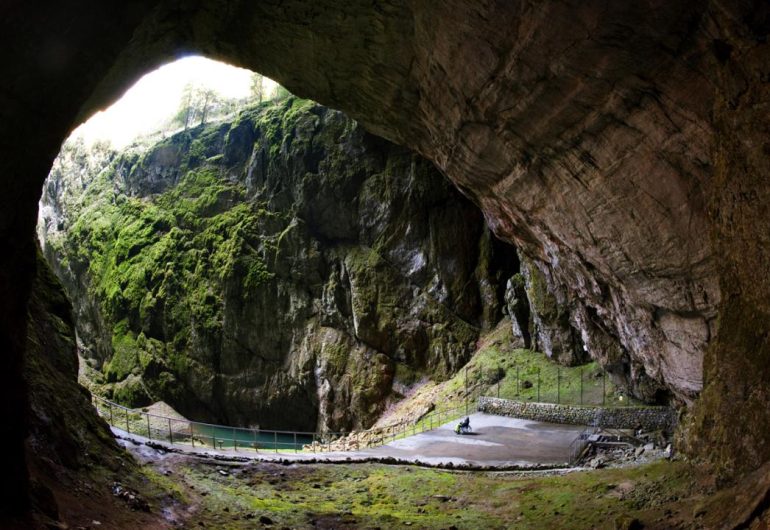A new guidebook published by the Czech Caves Administration (SJ ČR) will help enthusiasts who wish to visit natural karst formations across Europe. The 256-page guide, ‘Accessible Caves of Europe’, was compiled by Pavel Gejdoš, the spokesman for SJ ČR and a former journalist.
“The Caves Administration also has the mission of exploring and documenting other caves, and we are definitely interested in tracking the accessibility of caves to the general public in other European countries,” said SJ ČR Director Milan Jan Půček. “If this brings interesting information and raises interest in karsts among the general public, it is an added bonus.”
The book includes information about 666 natural karst caves in Europe that have been adapted for tours, sorted by country. It includes brief information about the history of their discovery, their accessibility, the appearance of their decoration, and the length of the underground tour routes mapped so far, as well as practical information about opening times and the GPS coordinates of cave entrances and parking lots. It also describes local points of interest and legends, and all the caves presented are illustrated with photographs of their interiors and exteriors.

At the end of each country’s chapter, there are brief tips for other interesting natural caverns, speleological opportunities, and archaeologically interesting caves that do not meet the criteria of “accessible” caves (i.e. modified by human intervention for tourist visits) but are still worth a visit.
“The number of caves mentioned came about by chance, but in a way it’s also a nice pun – a hell of a number, and the caves are underground,” said Gejdoš. “Thanks to my holiday trips over the past 18 years, I’ve managed to visit 590 of those 666 caves in person. In all cases, they are underground caves created by nature, either through karst processes of limestone dissolution or volcanic activity.”

According to Gejdoš, the project is the first of its kind; not all of the countries have even published guides to their own underground attractions, and never have all of Europe’s accessible caves been published in one book. “During the Cold War, two different guides were published independently – one of the caves of ‘Western’ Europe and the other to the ‘socialist East’, and both were far from complete,” added Gejdoš.
Only Denmark, Finland, the Netherlands, Estonia and Lithuania are missing, as in these countries the karst is either undeveloped or minimally developed, and no caves are accessible.
The book can be purchased in stores at all 14 accessible caves in the Czech Republic, in the information centers at Skalní mlýn and Macoš in the Moravian Karst, and in the library of the Czech National Library in Průhonice, Central Bohemia.






